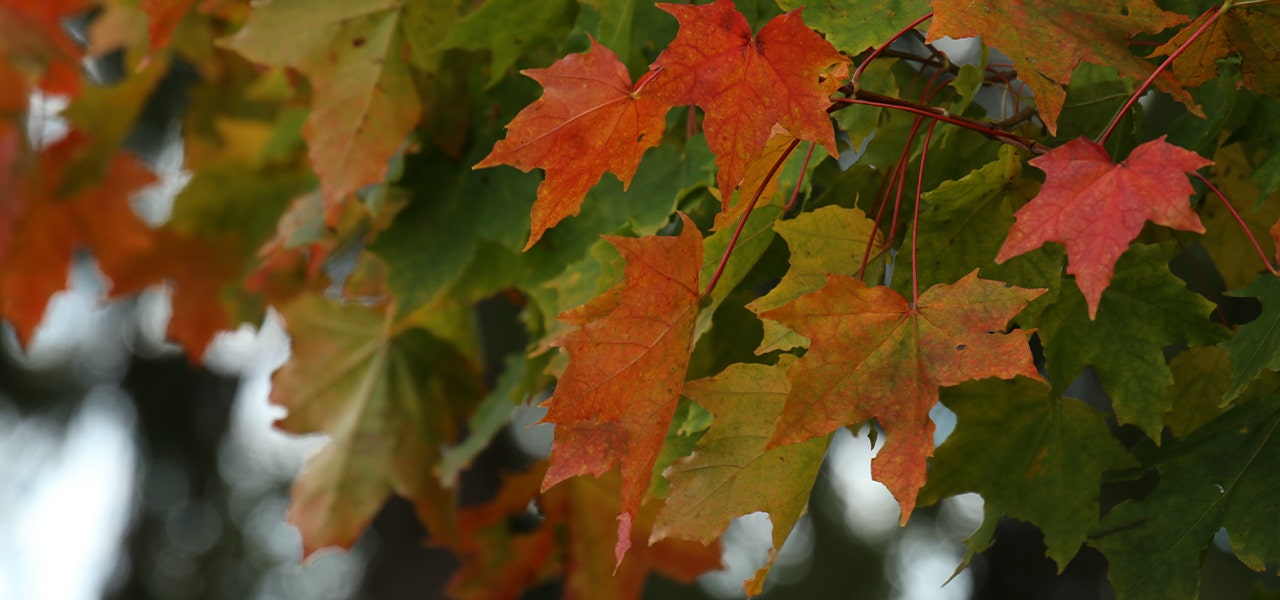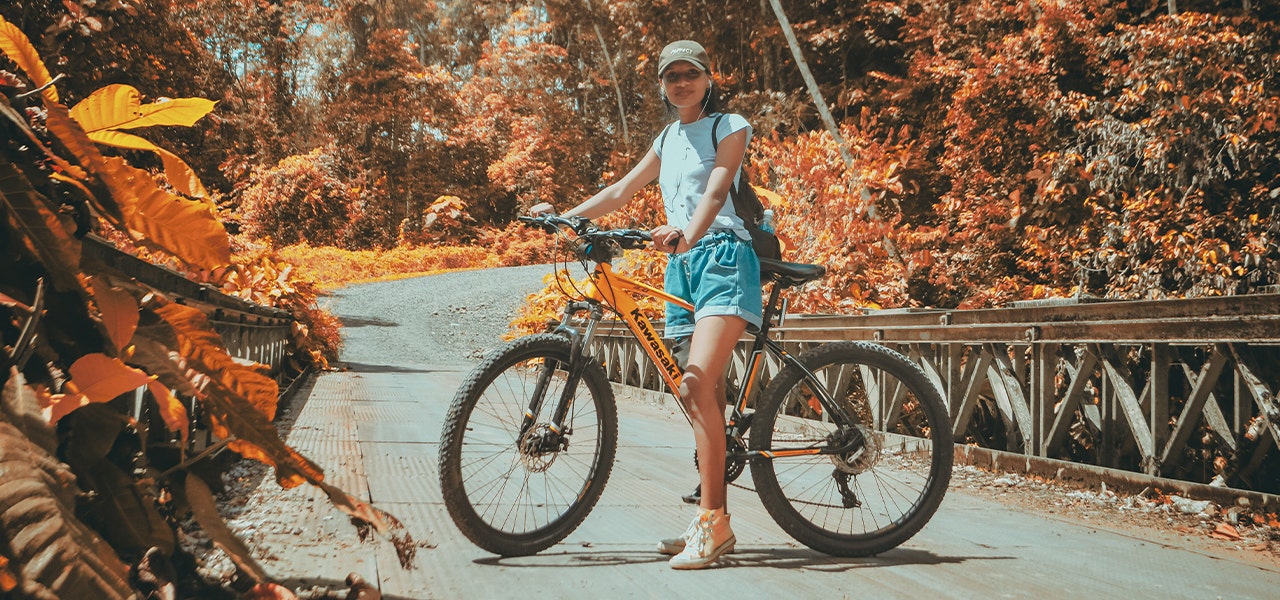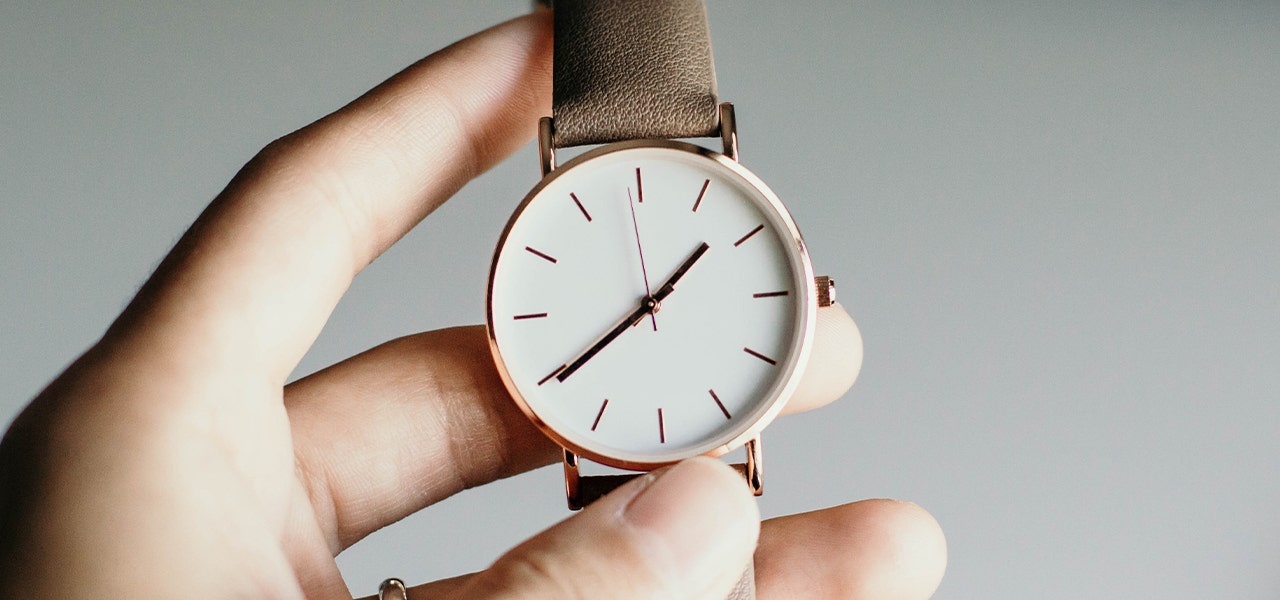Treetops painted yellow and red, copper leaves floating on a breeze, deep blue skies – la-di-da, ‘tis Autumn.
There's no denying it: summer is over, and the season of cooler temperatures and cozy sweaters has arrived. For lovers of all things pumpkin-spiced, the changing of the seasons and the leaves is an exciting time. But if, like the trees, you’re tired and feeling a little extra groggy this time of year, you may be suffering from fall fatigue.
Haven’t heard of fall fatigue before? Read on to learn what fall fatigue is, why it happens and how to beat the fall blues. (Oh, and we’ll cover what it means for your sleep quality, too!)
What Is Fall Fatigue?


What’s colloquially referred to as “fall fatigue” may be more medically described as Seasonal Affective Disorder, or SAD. (Fitting acronym, right?) The symptoms range from mild to severe and can include:
- Irritability
- Stress/anxiety
- Social withdrawal
- Lack of energy
- Sleep for longer than normal/trouble getting up in the morning
- Brain fog
- Food cravings
Fall fatigue can largely be attributed to changes in the amount of sunlight we are exposed to as the days get shorter and the nights grow longer. Sunlight exposure affects our body in a couple different ways. Sunlight rules our circadian rhythms – aka, your body’s internal clock. It also affects Vitamin D production, which is essential for mood, immune support and more.
Why Sleep Suffers When the Seasons Change


Sleep and health go hand and hand. So, it makes sense that when we’re not feeling our best, our sleep suffers too. As you might have deduced from the name, this is especially true when it comes to fall fatigue.
Like we mentioned above, your circadian rhythm is your body’s internal clock. When the sun sets, the body starts to produce melatonin – the hormone that helps you fall asleep. Oppositely, daylight inhibits melatonin production. So, with less daylight and longer nights as the year winds down, it makes sense that we feel tired earlier than usual and have trouble waking up – the body is getting that “go to bed” signal earlier and the “wake up” alert later.
Additionally, Vitamin D is essential to getting restorative, quality sleep. Less sunlight means less Vitamin D means less quality sleep.
Fall fatigue could also be due to seasonal allergies. Ragweed pollen, mold growth in damp leaf piles, fewer open windows in your home – there are plenty of fall allergy triggers. Both the allergy symptoms you experience and the medications you may take can make you feel drowsy.
3 Ways to Beat Fall Fatigue


So, how can you beat fall fatigue and get to enjoying this beautiful time of year as fully as possible? We’ve got some tips to help aid your circadian rhythm, boost your mood and promote quality sleep – during the fall and the rest of the year, too!
1. Soak Up the Sun
If you’re suffering from fall fatigue, the winter blues, SAD, etc., step one to feeling better is sunshine. Get outside as much as you can during the day to take advantage of what sunlight there is.
Whether that means bundling up and taking a stroll around the neighborhood at lunchtime or working near a window, blinds open, during the day, soak up as much sunshine as you can. This will aid your circadian rhythm and help you feel alert, and it may help you sleep better at night, too.
2. Get Active
Exercise is a great way to increase serotonin levels – you know, the hormone that promotes healthy sleeping patterns and boosts your mood – and lift you out of that autumn funk you may be feeling.
Exercise also causes the body to release endorphins, which can give you an energy boost if you’re feeling groggy in the A.M. or experiencing a mid-day slump. Just don’t exercise right before bed, or you may have trouble falling asleep – time your workouts strategically!
(And if you really want to be strategic about it, consider working out outside. Sunlight + exercise = circadian rhythm GOLD.)
3. Try Artificial Light Sources
Have you heard of a dawn simulator? It’s sort of like an alarm clock. But instead of waking you up with shrill beeping or blaring music, a dawn simulator produces light that gradually increases in intensity – just like the sun! It’s a much gentler way to wake, and it’s been proven to aid those suffering from SAD and circadian rhythm related sleep issues.
Bright light therapy is another widely recognized treatment for SAD. Bright light therapy refers to exposure to artificial light to help keep one’s circadian rhythm on track – typically using a phototherapy box that mimics sunlight. If you’re suffering from fall fatigue, talk to your doctor about whether bright light therapy might be a good option for you.
Don't Forget to Plan Ahead for Daylight Saving Time!


If you thought mastering the early fall’s shorter days and longer nights was the end of your sleep woes, you’ve got a big storm coming: the end of Daylight Saving Time. The waning daylight hours get cut even shorter. And if that wasn’t enough, there’s the fact that changing the clocks (even just an hour!) throws off your circadian rhythm even more than the gradually shortening daylight ever did.
In preparation for the fall time change, it’s a good idea to exercise good sleep hygiene by:
- Adjusting your sleep schedule little by little leading up to the change
- Following a nighttime routine
- Waking up at the same time each day
- Spending lots of time outside in the daylight
You may even want to consider trying meditation for sleep, waking up without caffeine or completely revamping your bedtime routine. Of course, we can’t leave you without mentioning the power of finding a personalized certified organic mattress!
Check out the Naturepedic blog for a deeper dive into our tips on preparing for the time change.
 BABY
BABY  KIDS
KIDS  ADULT
ADULT  LEARN
LEARN  STORES
STORES 